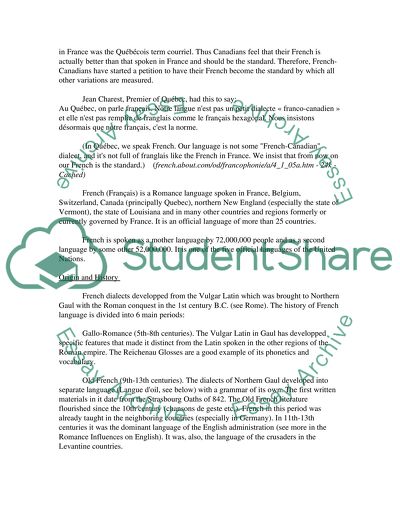Cite this document
(A Comparative Analysis Of The Formation Of Standard French And Essay, n.d.)
A Comparative Analysis Of The Formation Of Standard French And Essay. https://studentshare.org/humanitarian/1509628-french-language
A Comparative Analysis Of The Formation Of Standard French And Essay. https://studentshare.org/humanitarian/1509628-french-language
(A Comparative Analysis Of The Formation Of Standard French And Essay)
A Comparative Analysis Of The Formation Of Standard French And Essay. https://studentshare.org/humanitarian/1509628-french-language.
A Comparative Analysis Of The Formation Of Standard French And Essay. https://studentshare.org/humanitarian/1509628-french-language.
“A Comparative Analysis Of The Formation Of Standard French And Essay”. https://studentshare.org/humanitarian/1509628-french-language.


